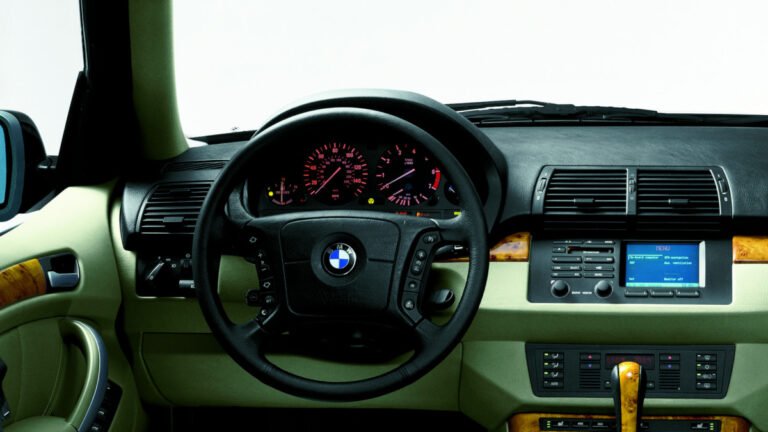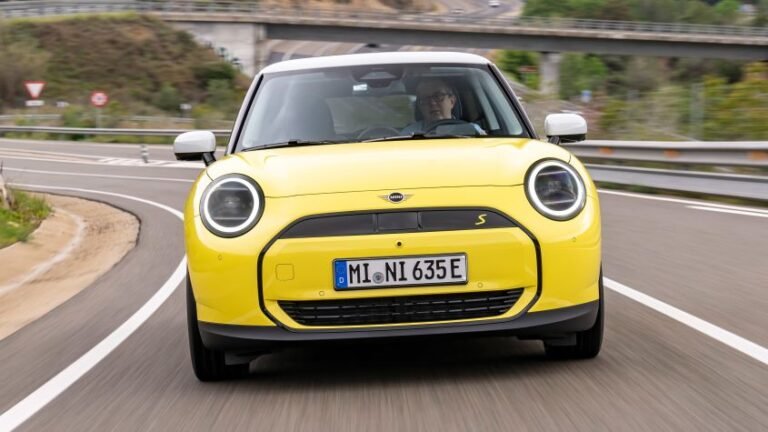
BMW’s engine plant in Steyr, Austria, has officially entered the next phase of its shift toward electrification. After launching full-scale production of the iX3’s (NA5) electric motor earlier this year, the facility has now started pre-series production on a second assembly line dedicated to new high-performance e-motors.
The company’s press release avoids naming any future model, but the timing and details leave little doubt. This new powertrain is almost certainly destined for the first-ever electric BMW M3 (ZA0) — the car that will mark BMW M’s full entry into the high-performance EV segment. It’s expected to be followed by an X3 M (ZA5) using a similar setup.
The Second Line: Built for Performance and Flexibility
The new line in Steyr lays the groundwork for multiple electric drivetrains, including M-specific systems. “The second line for electric motor production not only increases capacity but also adds greater flexibility for drivetrain variants,” Plant Director Klaus von Moltke said. “What has long been standard for combustion engines will now apply to electromobility as well.”
The line operates alongside the one already producing motors for the iX3 and upcoming Neue Klasse models. This dual-line structure allows BMW to build standard and performance-oriented e-motors simultaneously — an essential step as M prepares to go electric.
At the end of October, BMW produced its first high-performance electric motor on the new line. The company confirmed that this motor is already undergoing prototype testing, focusing on response, agility, and precision, not just raw output.
Quad Motors For The Electric M3
Although BMW has not released technical specifications, M CEO Frank Van Meel suggested that the upcoming M3 ZA0 will use a four-motor setup, with one motor per wheel and fully independent torque vectoring. This configuration allows instantaneous control of traction and cornering forces, something combustion cars simply can’t match.
Rumors about total system output vary, but most reports indicate that BMW M aims for well under 1,000 horsepower — likely in the 800–900 hp range. That’s still a huge leap beyond the current M3’s performance, but it reflects BMW M’s focus on balance and controllability rather than chasing headline numbers. The brand has been clear that the goal isn’t to build a drag-strip monster, but a car that feels precise and alive — something that still fits the DNA of an M3.
Massive Investment for the Next Generation
BMW has invested over €500 million in machinery and equipment for the two new motor production lines, and over €1 billion in total for electromobility development at Steyr between 2022 and 2030. This makes the plant one of BMW’s central hubs for electric propulsion systems, replacing its long-standing focus on internal combustion powertrains.
First published by https://www.bmwblog.com




